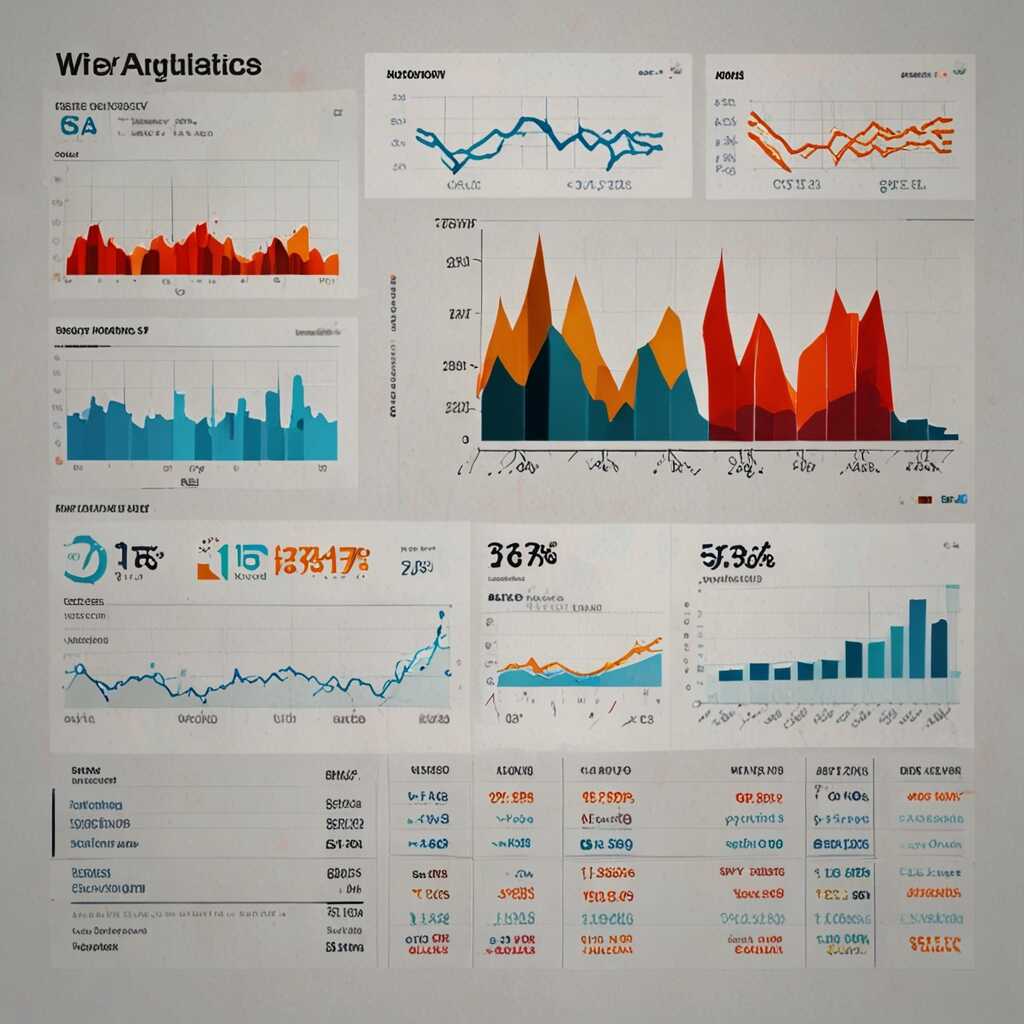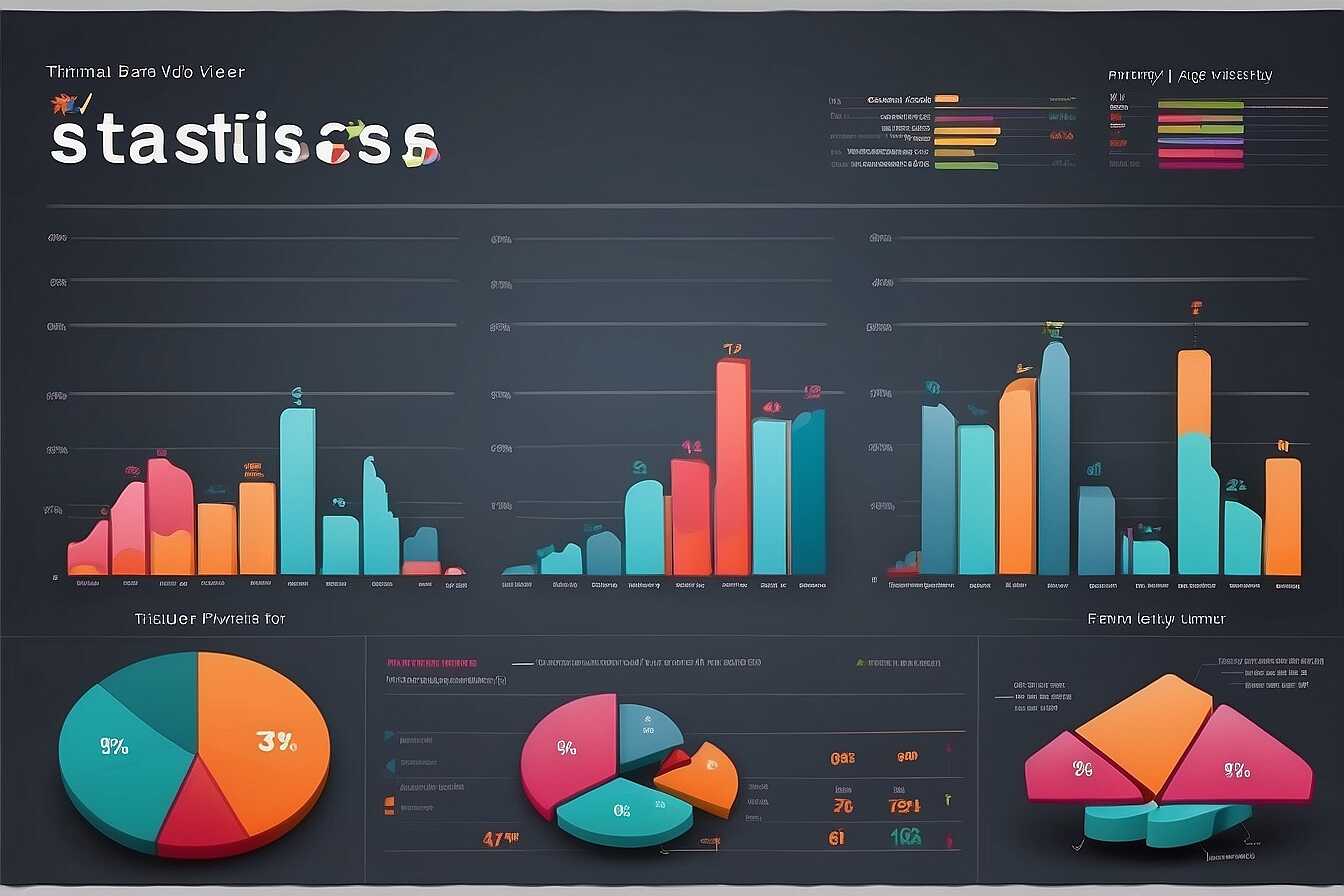Semantic search algorithms decode user intent by going beyond simple keywords to understand the context of queries. This insight is crucial for enhancing SEO strategies, as it helps create more relevant content that meets user needs. At Metrics Rule, we specialize in leveraging these algorithms to optimize websites and improve search rankings. By focusing on user intent, we aim to transform how businesses connect with their audience, maximizing their online presence and effectiveness.
What Are Semantic Search Algorithms and Their Purpose
Sematic search algorithms are designed to understand and analyze the intent behind user queries. Instead of focusing solely on keywords, these algorithms consider context, synonyms, and user behavior. This technology enhances search engine optimization (SEO) by improving content relevance and helping users find the most suitable results. Sematic search algorithms incorporate various entities such as user location and previous searches to provide tailored search results and improve user experiences. Recent studies suggest that a significant percentage, over 70%, of online searches are influenced by these algorithms, emphasizing their importance in modern search engines like Google and Bing. By effectively employing keyword analysis techniques, SEO professionals can capitalize on these algorithms to enhance their strategies.
How Semantic Search Algorithms Enhance User Experience
Semantic search algorithms significantly enhance user experience by providing more accurate and relevant search results. By analyzing the context of a user’s query, they can better interpret user intent, ensuring that the displayed results match what users are genuinely seeking. For instance, if someone searches for “best e-commerce platform,” semantic algorithms consider factors like recent user activity and location to display personalized recommendations. This context-based searching allows users in Vancouver to find relevant local businesses and services, improving their overall satisfaction. The algorithms also help reduce the time spent searching for information and enable users to access content that aligns with their needs and preferences.
Natural Language Processing Fundamentals for Search Engines
Natural Language Processing (NLP) is a branch of artificial intelligence that focuses on the interaction between computers and humans through natural language. NLP enhances semantic search algorithms by enabling them to interpret the context and meaning within user queries. This interpretation allows search engines like Google and Bing to move beyond simple keyword matching and understand nuances, synonyms, and variations in language. Key components of NLP include tokenization, part-of-speech tagging, named entity recognition, and sentiment analysis, which collectively help in accurately determining user intent. Research indicates that NLP-driven search engines can improve search result accuracy by up to 30%, delivering more relevant results based on user context.
Decoding User Intent Through Context Analysis
Decoding user intent requires thorough context analysis, which is crucial for improving search results. Search engines analyze not only the keywords but also the surrounding words in a query to grasp underlying user motivations. For instance, when users search for “best running shoes,” NLP models can identify this as a product review query, while “running shoes near me” indicates a local search intent. By leveraging context and semantics, search algorithms can serve more relevant content while aligning better with user expectations. This approach enhances the overall effectiveness of SEO strategies, ensuring that website owners can optimize their content to meet the evolving demands of users in 2025 and beyond.

User Behavior Signals and Their Impact on Search Results
User behavior signals such as click-through rates (CTR) and dwell time play crucial roles in how semantic search algorithms interpret user intent. When users click on a search result, the CTR indicates the relevance of the page for that query. A higher CTR generally suggests that the content meets user expectations. Dwell time, the duration a user spends on a page before returning to search results, provides insights into content quality. Search algorithms analyze these signals to enhance search precision and relevance, ultimately improving user experience. Reliable metrics like enhanced dwell time can improve rankings, helping websites become more visible in search engine results.
Understanding Dwell Time and Its Significance
Dwell time is an essential user behavior signal in Semantic Search. It not only reflects how engaging a piece of content is but also directly impacts rankings in search engines like Google and Bing. Studies have shown that improving dwell time by even a few seconds can lead to significant increases in search rankings. Websites prioritizing quality content and user engagement can see improvements in their visibility and click-through rates. As metrics increasingly shape search engine optimization (SEO) strategies, focusing on enhancing dwell time is not just beneficial but necessary for success in digital marketing. By employing data analytics and user feedback, digital marketers can enhance their content strategies effectively, driving user engagement and boosting analytical performance.
Key Statistics on User Understanding in Search Engines
- Over 90% of online experiences begin with a search engine.
- Semantic search accounts for over 30% of search queries today.
- About 70% of users prefer phrases or questions over single keywords.
- Analytics show that content relevance improves user engagement by 50%.
- Approximately 60% of marketers prioritize user intent in their SEO strategies.
- Mobile search volume has grown over 125% in the last three years.
- Search engines update their algorithms more than 500 times a year.

The Significance of Context in Understanding User Queries
User intent isn’t interpreted in a vacuum. It depends on various contextual factors, such as user location, device type, and search history. For instance, a user searching for “best pizza” in Vancouver likely wants local results. Mobile searches often bring up quick, location-based results, while desktop searches may present more comprehensive options. Additionally, past search history plays a critical role; search engines analyze previous interactions to deliver personalized results. This demonstrates the essential importance of enhancing SEO strategies with contextual awareness to improve content relevance and ranking.
Understanding Contextual Factors in Search Queries
To maximize SEO effectiveness, understanding contextual factors like user location, search history, and device type is crucial. For example, research shows that approximately 70% of mobile searches are influenced by local context, emphasizing why businesses targeting local audiences must optimize their content accordingly. Moreover, user behavior varies significantly across devices; mobile users often seek immediate information, while desktop users may engage in more in-depth research. This means SEO strategies should be designed to address the unique context of each user segment, enhancing the chances of successful engagement and improving overall relevancy in search results.

Effective Techniques to Optimize Content for Semantic Search
To enhance content for semantic search, focus on using synonyms and related terms that capture user intent. This includes incorporating keyword enrichment methods to ensure your content covers various aspects of a topic. Moreover, enhancing readability improves user engagement and helps search engines understand how content relates to user queries. You can implement up to five key strategies, including optimizing for context, employing structured data, and ensuring content relevance. This multifaceted approach enables a higher ranking in search results, making it essential for effective SEO.
Integrating User-Centric Content with Semantic Search
Creating user-centric content is vital when optimizing for semantic search. Start by researching keywords related to your target audience’s needs and questions. Utilize content optimization techniques that directly address these interests. For example, using AI tools can help generate keyword ideas that resonate with user intent, while also providing a comprehensive understanding of relevant topics. Implement strategies like structured data to enhance your site’s performance in crawling and indexing. This quality-driven approach keeps your content aligned with search engine expectations, improving visibility and user satisfaction.
Advantages of Decoding User Intent in SEO Strategies
- Improved content relevance increases click-through rates significantly.
- Semantic understanding enhances user satisfaction and engagement.
- By targeting user intent, businesses can better meet customer needs.
- Effective strategies reduce bounce rates, keeping users on pages longer.
- Greater alignment with users leads to higher conversion rates.
- Marketers can create tailored content that resonates with their audience.
- Understanding intent helps in identifying gaps in existing marketing strategies.

Emerging Trends in Semantic Search and AI Technology
Recent innovations in semantic search technology show that businesses must focus on AI technology innovations like natural language processing and machine learning. These advancements enable search engines to better interpret user intent, resulting in improved search results. For instance, AI-assisted tools, such as Google’s RankBrain and BERT, help in understanding context and meaning, enhancing the accuracy of search results. In the past five years, major search engines have rolled out several significant semantic search updates, including more than eight updates targeting improved indexing and ranking factors.
Understanding the Impact of AI on Keyword and Content Optimization
AI technology innovations play a crucial role in keyword optimization strategies. By analyzing vast amounts of data, AI can identify user behavior patterns, helping marketers better align content with search intent. Tools like Google’s Keyword Planner and AI-driven content creation software simplify the process of optimizing for relevant keywords. This ensures that content remains both pertinent and engaging, ultimately improving content relevance and driving more organic traffic. Such advancements are essential for digital marketers and SEO professionals looking to stay competitive and maximize their performance in the ever-evolving search landscape.
Evaluating the Success of SEO Strategies in a Semantic World
To measure the effectiveness of SEO strategies in the context of semantic search, focus on key performance indicators like organic traffic, bounce rate, and time on page. You can utilize tools like Google Analytics, SEMrush, and Ahrefs to track user engagement and search performance. Monitoring keyword performance analysis is vital for understanding how well your content resonates with user intent, ensuring your strategies align with search engine algorithms. By implementing these tools, you will enhance your ability to collect data and review your SEO performance effectively.
Essential Tools for Effective SEO Measurement
For optimizing your SEO strategies, several tools are essential for effective measurement. Google Analytics offers robust features that provide insights into user behavior, allowing you to track the performance of specific keywords. SEMrush includes functionality for site audits, keyword tracking, and competition analysis, which help enhance visibility. Combining these tools with ongoing performance reviews will enable you to create a more efficient SEO framework while adapting to the evolving nature of semantic search. This comprehensive approach will significantly improve your results and ensure you remain competitive in the digital landscape.
Use Cases and Interest Groups in Semantic Search Strategies
- Content marketers focus on user intent to create relevant materials.
- SEO professionals leverage data from search algorithms to optimize pages.
- Small business owners often seek SEO strategies that attract local customers.
- E-commerce platforms rely on optimized content to boost sales and visibility.
- Bloggers aim to engage readers through relevant keyword-focused articles.
- Educational websites utilize search insights to enhance user experiences.
- Nonprofit organizations often use semantic strategies to maximize outreach.
Incorporating Semantic Search Insights into Your Marketing Approach
To incorporate semantic search insights into your marketing strategies, focus on understanding user intent. Begin by using tools like Google Analytics and SEMrush to gather data on how users search and find your content. Consider a continuous review process that allows you to test and adapt your strategies based on performance results. Integrating user intent analysis is essential for enhancing SEO performance and ensuring your content aligns with what users truly seek. Finally, adopt a dynamic approach that includes regular updates to your website to stay ahead of semantic search trends.
Tools for Understanding User Intent and Enhancing SEO
Utilizing the right tools is crucial for comprehending user intent deeply. Tools like Ahrefs, Moz, and Google Keyword Planner provide useful data for keyword analysis and competitive research. A combination of these platforms can deliver insights into what potential customers are searching for, as well as how to structure content that meets their needs effectively. Ensuring your marketing efforts align with these insights will enhance your content’s relevance and improve your positioning in search results. Additionally, employing AI-driven keyword clustering tools can help you organize and optimize your content based on user intent, making it easier for Google and Bing to crawl and index your pages efficiently.
